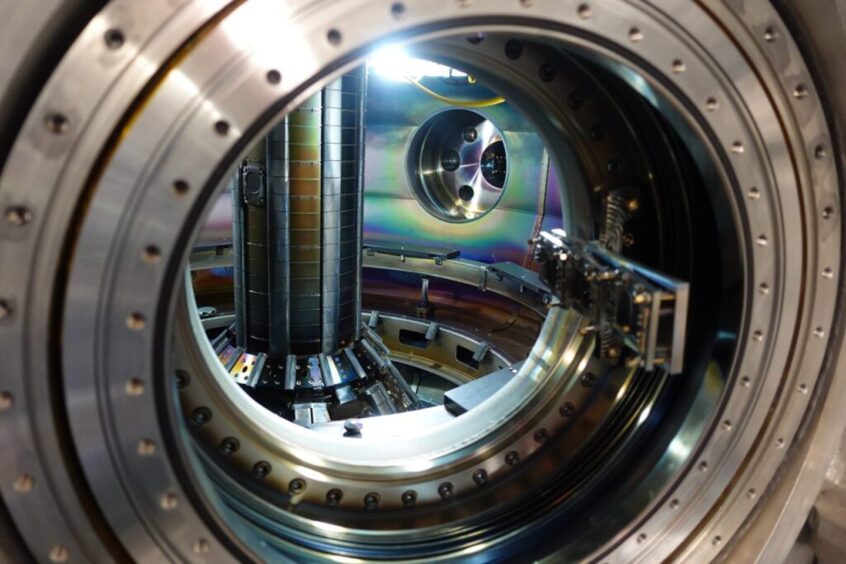
The UK and US governments will invest £40.5 million in a joint project aimed at commercialising nuclear fusion energy.
The Department for Energy Security and Net Zero (DESNZ) said the lithium research project is a key step towards unlocking fusion energy and a “near unlimited supply of clean electricity”.
Nuclear fusion involves combining two forms of hydrogen and heating them at extreme temperatures, causing a reaction which releases vast amounts of energy.
While the prospect of near limitless power has attracted billions in private and government investment, there are doubts over the feasibility of the technology.
The joint project, the first since the UK and US announced a fusion energy partnership in November 2023, will start in 2025 in partnership with UK-based Tokamak Energy.
DESNZ said the LEAPS project will leverage funding from the US into UK supply chains and lead to jobs growth.
The research at Tokamak’s ST40 facility in Oxfordshire will focus on “enhancing the efficiency and durability of plasma-facing components”, which DESNZ said is a “critical challenge” in unlocking fusion energy’s potential.
The UK, US and Tokamak will each contribute £13.5m towards the project, with the UK contribution coming from the existing £650m Fusion Futures Programme.
‘Global race’ for fusion breakthrough
UK climate minister Kerry McCarthy said the project is a “bold step forward in the global race to commercialise fusion”.
“By working with our international partners and the private sector, we are paving the way for a future of clean, limitless energy,” McCarthy said.
US Department of Energy under secretary for science and innovation Dr Geraldine Richmond said the collaboration presents a “huge leverage opportunity” for advancing fusion research.
“These new investments will strengthen our partnerships with the private sector and our international allies,” Dr Richmond said.
“Each partner stands to gain significantly more than the funds committed.”
Tokamak Energy
Tokamak Energy chief executive Warrick Matthews said the results of the LEAPS project will “help accelerate progress on both sides of the Atlantic”.
“This program will advance fusion science and technology for spherical tokamaks and the industry more broadly, in pursuit of a common goal to deliver fusion power,” he said.
The company’s technology involves what is called a compact spherical tokamak, a device that uses a magnetic field to confine and control a plasma.
Research into using tokamaks to achieve nuclear fusion began in the 1960s, and the compact tokamak is now the basis for fusion energy programmes around the world.
Founded in 2009, Tokamak Energy became the first private fusion company to achieve 100 million degrees Celsius plasma ion temperature in a tokamak in 2022, widely regarded as the threshold for commercial fusion
Recommended for you

 © Supplied by Tokamak Energy
© Supplied by Tokamak Energy